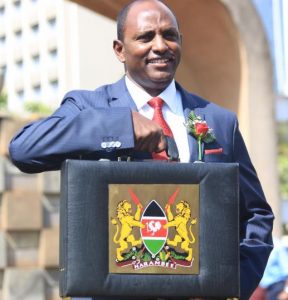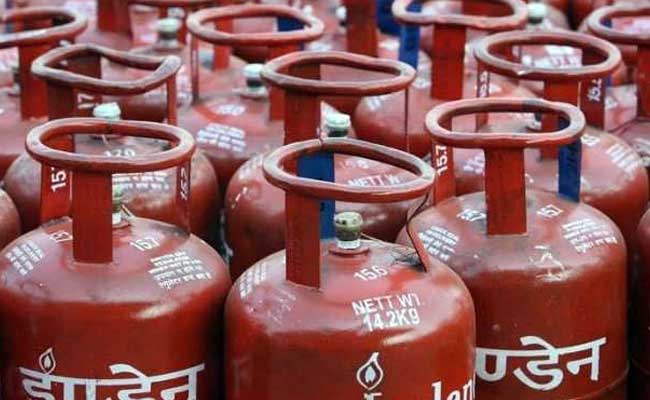Treasury cabinet secretary Ukur Yatani has announced treasury plans to revive the stalled affordable cooking gas subsidy from July.
Addressing the cooking gas distribution scheme as a priority public investment under infrastructure development in the next fiscal year.
The cooking gas subsidy scheme was initiated by the Ministry of Energy during the 2016/17 fiscal year with an aim of cutting reliance on environment-unfriendly kerosene and charcoal.
A move that is promising relief to families hit by record LPG price spikes that followed the Russian Ukrainian war.
Earlier on the implementation had been targeted by rogue suppliers who provided faulty cylinders, and later on distribution challenges at the state-owned National Oil Corporation (Nock) that was mandated to drive the program.
The draft Budget Policy statement targets three million people to benefit though as from July, treasury is to set off by funding at least 300,000 cylinders for starters.
“Over the next three fiscal years, the government will strengthen distribution of 300,000, six-kilogram liquefied petroleum gas (LPG) cylinders to low-income households,” Mr Yatani says in Budget Policy Statement

CS Ukur Yatani
Currently, the 13-kilogramme cooking gas retails at Sh3,400 from Sh2,250 in June before the government imposed the 16 percent tax at the start of the current financial year, pushing the commodity out of reach for most households. The 6-kilogram cooking gas is retailing at ksh1600 from the sh900 in June.
Unlike petrol, diesel and kerosene prices, which are adjusted on 15th of every month and stay in place for one month, cooking gas prices are not controlled.
A move that has mainly been impacted by the costly crude oil as the Russian Ukraine conflict heats up, an imposition of value-added tax (VAT) and a search for higher margins by dealers sending prices highest in Kenyan history.
Through the initial scheme, beneficiaries were to pay ksh2,000 in three years for the burner and cylinder which was to refill at sh840 at the time for a discount.
Nock piloted the project October 2016 in Machakos and Kajiado county though ran into closure when the state audit found sh870 million spent yet no value to taxpayers achieved. Fraudulent contractors and 10 firms also came known to have supplied 67,251 faulty gas cylinders, out of more than 200,000 delivered for LPG gas project at an aggregate cost of sh1 billion.
Return of the subsidy looms amid job losses, drastic pay cuts and sharp rise in cooking gas costs piling pressure on families already straining from the pandemic dents.
LPG has become the preferred energy source for households that can afford it in major towns due to its convenience and because it is cleaner than other cooking fuel.
Official data from the 2019 census shows that 53 percent of households in urban centers rely on LPG for cooking compared to 5.6 percent of those in rural areas.
Fuel prices, including that of LPG, have hit a record high in many countries, tightening the squeeze on consumers.

